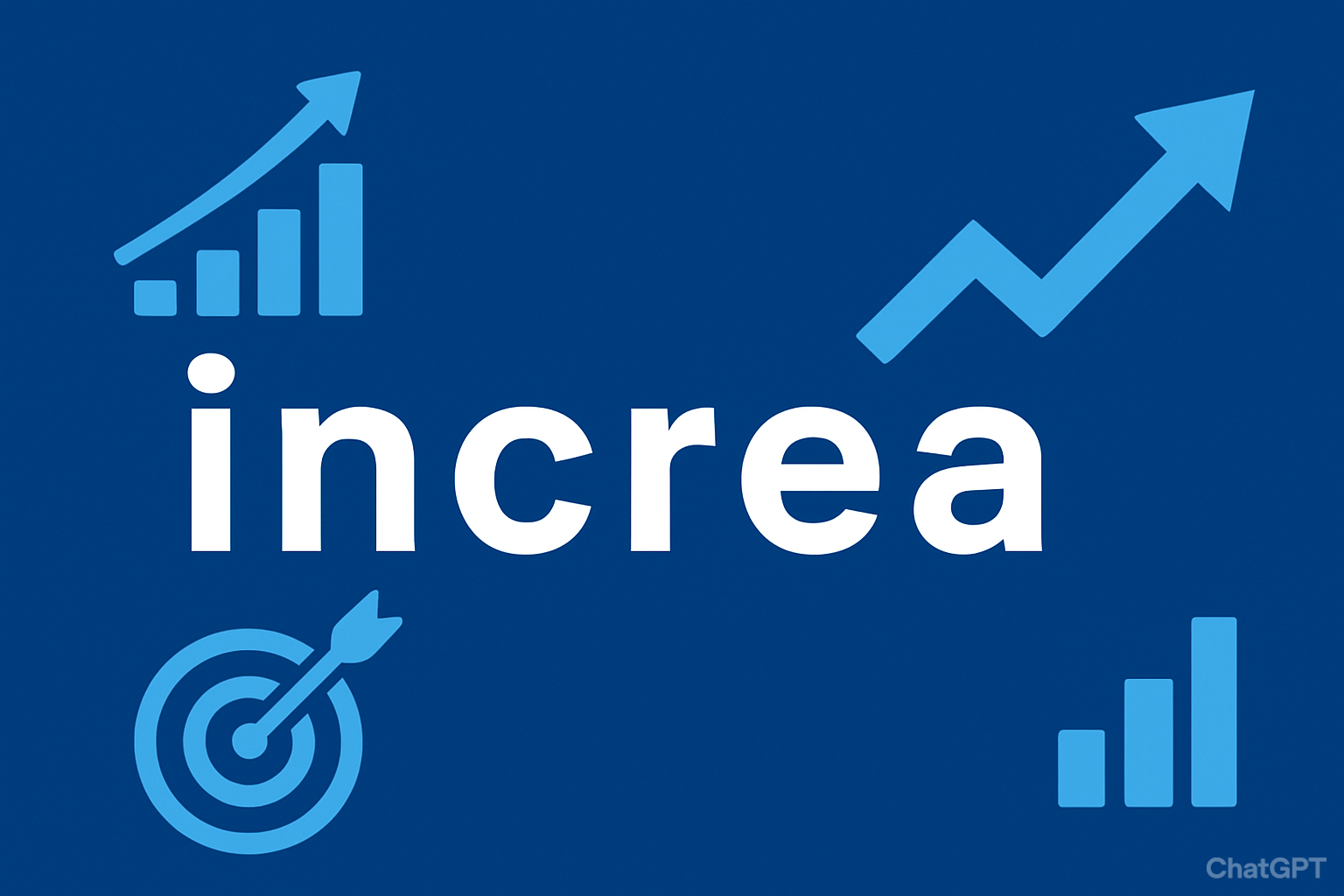When people search for i n c r e a, they are often looking for clarity on what this term means, how it can be applied, and what value it brings in real-life contexts. The word itself suggests growth, improvement, or a step forward, but the concept extends far beyond just literal meaning. In today’s fast-paced world, where innovation, productivity, and personal development drive success, understanding i n c r e a can be transformative. This article aims to provide a deeply insightful, people-first explanation of the concept. We’ll explore definitions, benefits, practical uses, and even challenges, while grounding everything in real-world scenarios.
What is i n c r e a?
At its core, i n c r e a can be understood as a mindset or framework focused on incremental progress, improvement, and advancement. Unlike short-lived trends or one-time boosts, it emphasizes consistent and sustainable growth in personal, professional, or technological domains.
For instance:
- In business, it could mean increasing efficiency, revenue, or customer satisfaction through structured strategies.
- In personal life, it could represent self-improvement habits like learning a new skill, improving health, or enhancing productivity.
- In technology, it often points to systems designed to scale incrementally, avoiding sudden disruptions.
The beauty of i n c r e a lies in its adaptability—it can be applied to any context where improvement and progress matter.
Why Does i n c r e a Matter Today?
We live in an era where standing still equals falling behind. Markets evolve, technologies advance, and personal demands grow. Here’s why i n c r e a is relevant more than ever:
- Sustainability of Progress: Instead of quick wins, it ensures lasting improvement.
- Adaptability: The approach is flexible across industries, from finance to healthcare.
- Personal Empowerment: It encourages individuals to measure success in achievable steps.
- Resilience: Incremental growth prepares individuals and organizations for long-term challenges.
The Benefits of Adopting i n c r e a
1. Improved Efficiency
One of the clearest benefits of i n c r e a is efficiency. By focusing on step-by-step changes, businesses and individuals avoid burnout and wasted effort. For example, companies adopting this approach in project management often see higher completion rates and fewer bottlenecks.
2. Clear Measurable Results
Progress is easier to track when broken into smaller increments. Whether it’s fitness goals, financial milestones, or software updates, the results become visible, motivating further growth.
3. Reduced Risk
Incremental growth means testing ideas and changes in small portions. If one step fails, the loss is minimal, and recovery is easier. This makes i n c r e a especially valuable in fields like product development or investing.
4. Enhanced Motivation
Humans thrive on progress. By celebrating small wins, individuals and teams stay motivated, making long-term success more achievable.
Challenges of Implementing i n c r e a
No growth model is free of challenges, and i n c r e a is no exception. Some of the most common hurdles include:
- Impatience: Many people want immediate results, which conflicts with the step-by-step nature of this approach.
- Over-Measurement: Constantly tracking progress can sometimes feel restrictive or overwhelming.
- Lack of Long-Term Vision: Focusing too much on small increments without a clear final goal may cause directionless progress.
Recognizing these challenges allows individuals and organizations to adapt strategies accordingly and balance short-term milestones with long-term vision.
Real-World Applications of i n c r e a
1. In Business
Corporations that embrace i n c r e a focus on continuous improvement models. For example, Toyota’s Kaizen philosophy is a real-world demonstration of this mindset, where every employee contributes to ongoing improvement.
2. In Technology
Software companies frequently use incremental models for updates. Instead of releasing a massive overhaul, they push small but impactful updates that keep users satisfied while reducing risks of system failure.
3. In Education
Students and lifelong learners benefit from i n c r e a by setting incremental study goals. Instead of cramming, breaking learning into manageable portions ensures better retention and less stress.
4. In Personal Development
From fitness routines to financial planning, adopting an incremental approach often yields better long-term results. For instance, saving a small fixed amount monthly builds significant wealth over time without overwhelming the individual.
Actionable Steps to Apply i n c r e a
- Define Your Goal Clearly – Start with a clear vision of where you want to be.
- Break It Down – Divide the bigger picture into smaller achievable steps.
- Track Progress – Use simple tools like journals, apps, or spreadsheets.
- Celebrate Milestones – Acknowledge small wins to maintain momentum.
- Adapt When Needed – Stay flexible, adjusting goals as circumstances change.
- Maintain Consistency – Even small daily efforts compound into major results over time.
Common Misunderstandings About i n c r e a
- It’s Too Slow: Many assume incremental progress is sluggish. In reality, it’s often faster than inconsistent big pushes.
- It Only Works in Business: This is false—it applies equally in health, education, and personal growth.
- It Doesn’t Allow Creativity: On the contrary, small steps often encourage experimentation since risks are lower.
FAQs on i n c r e a
- What does i n c r e a mean in simple terms?
It refers to a philosophy of growth and improvement through small, consistent steps rather than sudden, large changes. - How can i n c r e a help in personal life?
By breaking down big goals into smaller, manageable tasks, it makes progress less overwhelming and more sustainable. - Is i n c r e a only useful in business?
No, it applies to multiple areas such as health, education, technology, and even personal finance. - What is the biggest advantage of i n c r e a?
The biggest advantage is sustainability—it helps create lasting improvements without overwhelming resources or people. - What challenges might I face while adopting it?
Impatience, lack of clear vision, and over-measuring progress are common hurdles, but they can be managed with discipline and planning. - Is increa a proven approach?
Yes, many successful companies and individuals follow incremental improvement strategies. For instance, continuous improvement frameworks in industries have long been associated with success, as noted by Harvard Business Review in studies of long-term performance.
Conclusion
increa represents more than just a word—it is a guiding principle for sustainable progress. By applying it to business, personal development, education, or technology, individuals and organizations alike can achieve measurable and lasting improvements. Though it may come with challenges like impatience or over-measuring, the benefits outweigh the obstacles. Incremental progress not only builds resilience but also creates a pathway to long-term success that is both practical and inspiring.





